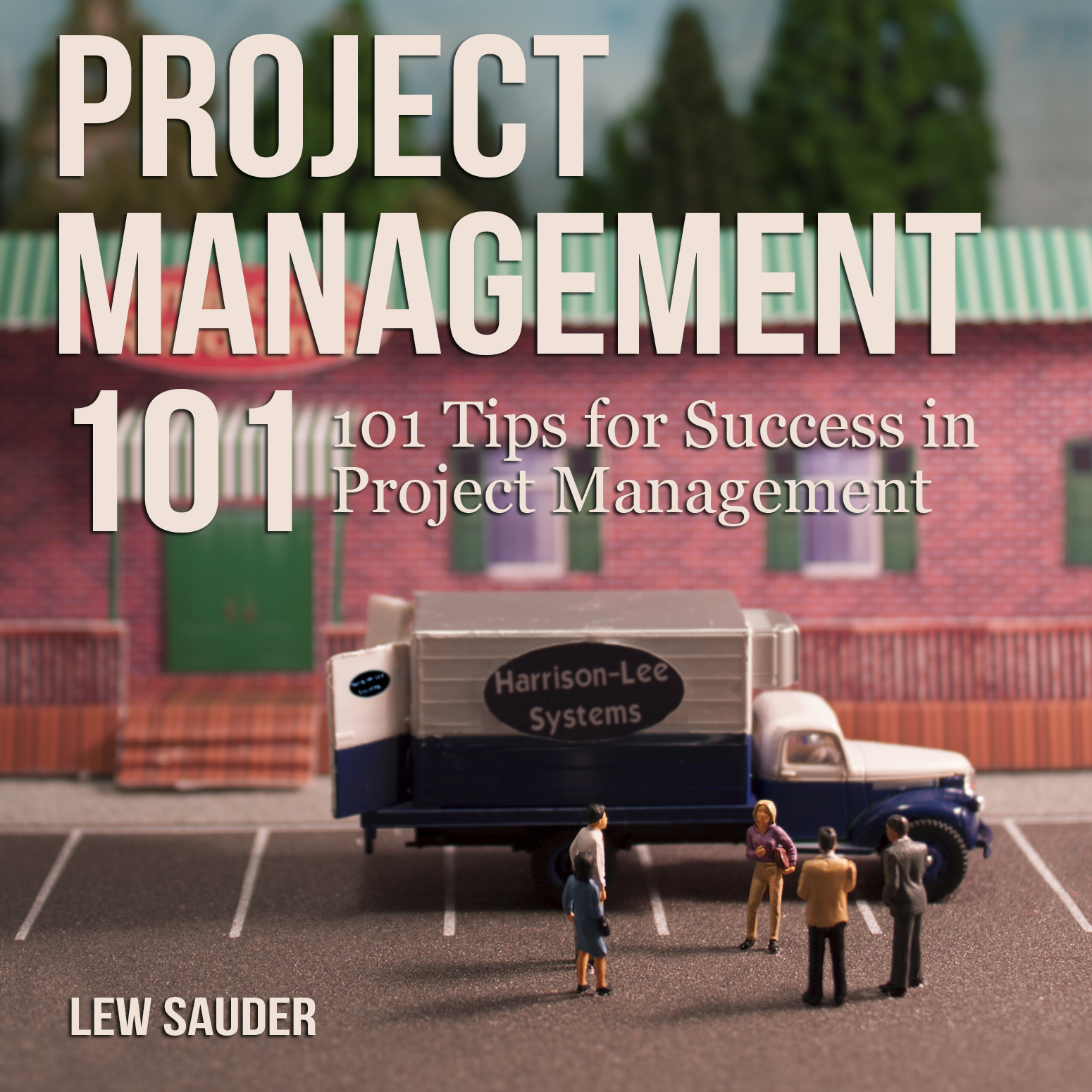When I was a kid, I would watch my mother bake. She meticulously measured the cups and tablespoons of ingredients to ensure they were precise. The resulting products were unsurprisingly consistent.
When it tried baking and cooking as an adult, I followed the same process. I measure things out with precision. I eventually learned when that type of precision was necessary and when it was not. For example, when baking, I learned that things like baking soda and yeast had to be accurate.
If I was making a sauce of some kind however, I found that I could change some of the ingredients like pepper or garlic to tailor it to my tastes.
I’ve observed the same conformity to rules with people over the years. I have friends who follow directions to the letter. It is challenging to be a passenger in their car if they’re using GPS. That voice inside the GPS is their traffic god to be followed irrespective of better judgment coming from me in the passenger seat. I’ve lost more encounters than I care to admit between the robot-voiced directions in my attempts to offer a shorter route.
Related post: Project Management Role: Removing Obstacles
At work, we live among policies and procedures everywhere we turn. Like some of my friends, many people have become stringent followers of the rules. They practice what I call “process overload.”
Process is good in general. We need to have laws to keep the world in line. Murder being against the law is a good illustration. That’s a good one in my opinion. I think that rule should be followed by more people.
But people who follow process too much tend to stifle productivity and creativity. Defined processes make managers feel like they’ve done their job. Process gives followers something to follow which gives them a feeling of accomplishment.
But defining processes for every possible situation turns normally-thinking people into robots. Instead of taking a risk, they can simply follow procedure. Why think for yourself when process can do it for you?
For more information, check out The Importance of Leadership in Project Management
If we were to remove all of the defined procedures, people would be confused, but only for a while. They have been conditioned from an early age not to think for themselves. So at first, they won’t know what to do.
If we give them a chance, we might discover a world where people stop referring to the rule book and may even begin to get creative about problem solving.
That may seem like chaos to some, but I think it’s a chaos worth going through.
If you would like to learn more about a career in Project Management, get Lew’s book Project Management 101: 101 Tips for Success in Project Management on Amazon.
Please feel free to provide feedback in the comments section below.
Copyright 2014 Lew Sauder, Inc.






Lew, good conversation. However, I disagree to place the blame on process and procedures. First of all, I wouldn’t lump processes with procedures. The latter tends to be there to ensure compliance needs that are a must, such as your baking soda and yeast example. A process is just a flow of action steps. The process could be awesome or it could just suck, giving two different outcomes. A better process might be one that includes specific steps for critical thinking, creativity, and problem solving. And it would only be as good as the last attempt, leaving room for the next iteration to be improved from lessons learned and forward thinking. Your recipe (process) could then contain steps like “before adding salt and pepper, consider experimenting with spices that could add punch to the flavor, while being aware of your consumers’ taste preferences”.
Excellent thoughts Paul. I tended to generalize about processes and procedures to make a point. You make a good point that it’s not process in and of itself that is bad, but when we create inflexible processes that take away “critical thinking, creativity, and problem solving.”. Thanks for your comment.